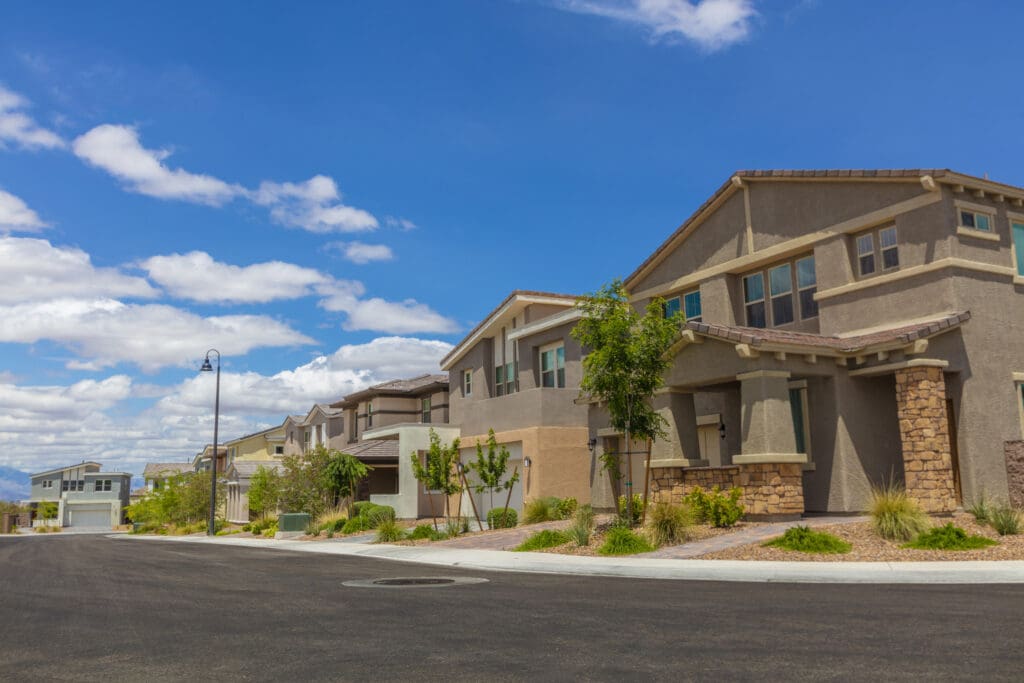The homeowners association (HOA) and community association management (CAM) industry has seen significant changes since the start of the COVID-19 pandemic. Many associations have faced staffing challenges, resulting in a need to create efficiencies due to limited employees.
According to the 2022 CINC Systems State of the Industry report, overload and burnout are frequent topics of discussion in the HOA industry. Staff burnout ranked as the sixth-biggest issue facing the industry. When asked to name the top business aspect their firm needs to improve, nearly 20% indicated staffing concerns.
In a recent career satisfaction survey conducted by AvidXchange in partnership with the Institute of Finance & Management (IOFM), we found less than one-third of AP pros across all industries are “very” or “extremely” satisfied in their role. Thirty-six percent of AP pros are working longer hours each day compared to two years ago. And 48% of AP professionals who work in a manual/paper-based operation have searched or applied for a new job within the last six months.
To better understand the shifting landscape specifically within the HOA industry, AvidXchange partnered with the Community Associations Institute (CAI) to survey its members about the industry’s challenges, priorities and how associations are using technology to work more efficiently given the changing environment.
Here’s what we learned from the survey, which was conducted in 2022 and 2021:
1. Work arrangements continue to evolve while companies focus on employee retention
At the beginning of the pandemic, associations shifted quickly to remote work. However, now the industry is seeing fewer employees working remotely. The survey revealed that just 29% of respondents report that at least half of their organization is working in a remote environment due to the pandemic, which is significantly down from 42% in 2021.
Subsequently, the concerns around employee retention and satisfaction are going up. In fact, the survey indicated employee retention continues to be a top priority for organizations in 2022.
One of the most significant swings we saw from the 2022 to 2021 survey was more respondents believe their organization will face the challenge of managing critical operations with limited staff, which increased from 10% of respondents in 2021 to 37% in 2022.
With the impacts of the “Great Resignation” affecting HOAs as concerns of employee satisfaction continue to grow, associations are figuring out how to do more with less and adapt to work more efficiently.
2. More HOAs are focused on improving operational efficiencies and flexibility
Today, just over half (53%) of all homeowners live in HOA communities and it’s estimated that 4,000 new HOAs are added each year. The industry is continuing to see significant growth, which ultimately leads to more work for the back office and a need to find ways to streamline AP processes.
Improving and enhancing operational efficiencies, such as saving time and mitigating risk, is a top priority in 2022 for 84% of respondents, jumping from 78% in 2021. We also saw the priority of “improving adaptability and flexibility to better handle an uncertain future (like business continuity plans)” increase from 40% to 47%.
3. HOAs are relying on technology as organizations navigate a changing landscape
While staffing challenges remain a concern for management companies, businesses are finding ways to minimize the issue by investing in automated technology that removes inefficiencies from the workflow.
Many CAI survey respondents pointed to the need to invest in technology when asked: “What is the most important lesson your organization learned from the pandemic?”
Here’s what some of the respondents said:
- “The need to be flexible and pivot in the midst of disruptive circumstances along with moving a significant portion of the business onto tech platforms.”
- “How to adapt and utilize technology to enhance the community’s experience and interactions with our management company.”
- “We can use technology to increase member engagement.”
The survey showed nearly 60% of the management companies have already adopted an accounts payable (AP) automation solution while 21% are considering or researching a solution.
Additionally, 17% of respondents plan to invest in automation technology in 2022 that removes manual tasks in the procure-to-pay process. Seventeen percent of respondents also stated that they plan to use technology to minimize in-person interactions for a better experience in 2022, which is an increase from what we saw in 2021 at 5%.
4. AP automation helps HOAs and CAMs work more efficiently
Investing in modern technology — such as AP automation — can help HOA companies focus on their priorities and respond to staffing challenges by creating efficiencies and promoting flexibility with 24/7 access from anywhere.
“Paying bills, paying vendors and keeping the cash moving are high-frequency transactions. It's also a very important transaction because if it's not done well, there are some pretty serious financial ramifications that can occur.”
Matt DeWolf, CEO of FRONTSTEPS, said in a recent interview with AvidXchange
DeWolf added: “The best management companies that we work with are the ones who are saying ‘automate the stuff that can be automated.’ Automation allows our staff, our most precious resources, to spend as much time as possible giving us a competitive advantage and it helps improve their quality of life.”



